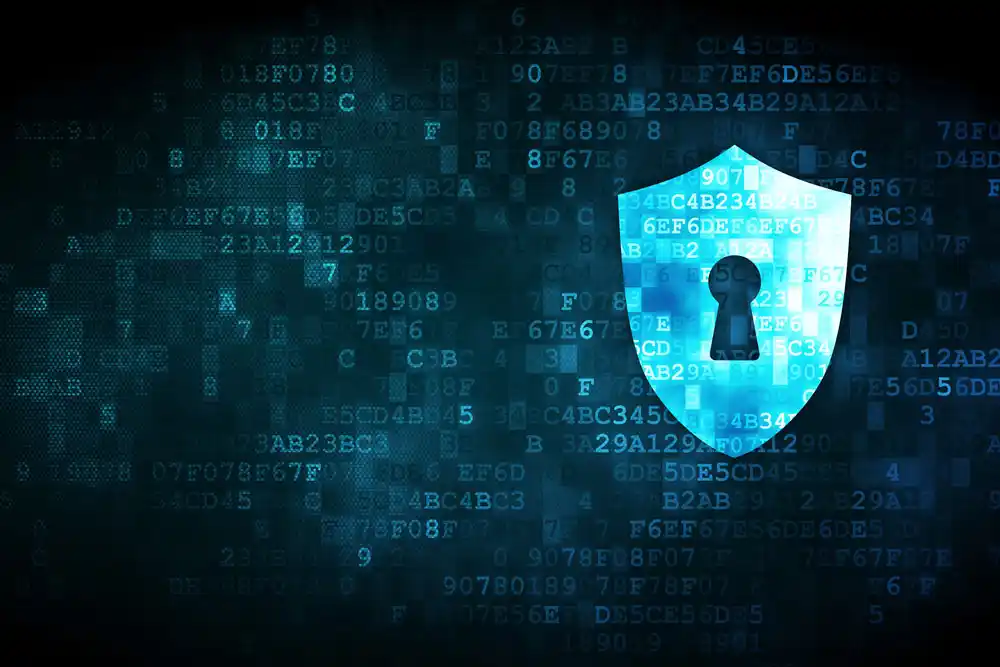IT Security Landscape in February 2025: Key Developments

Introduction
The cybersecurity landscape in 2025 is evolving rapidly as organizations combat increasingly sophisticated cyber threats. With the rise of generative AI, post-quantum encryption, and regulatory changes, businesses must stay ahead by implementing proactive security strategies. This article explores the latest IT security developments, emerging threats, and industry trends.
Emerging Cybersecurity Paradigms
1. Generative AI Security Challenges
Generative AI is transforming cybersecurity, bringing both new opportunities and risks. Cybercriminals are leveraging AI to conduct advanced social engineering attacks, while security teams harness AI for enhanced threat detection.
AI-Powered Threat Detection Systems: Organizations are deploying AI-driven solutions to analyze vast data sets, identifying security threats in real-time.
Advanced Social Engineering Attacks: AI-generated deepfake videos, voice impersonations, and phishing attacks are increasing in sophistication.
AI Authentication and Verification Protocols: There is a growing demand for AI-based identity verification to distinguish between human and AI-generated interactions.
2. Quantum-Resilient Cybersecurity
With quantum computing advancing, traditional cryptographic standards are at risk. Organizations are investing in quantum-resistant security solutions to future-proof their systems.
Post-Quantum Cryptographic Standards: Adoption of encryption algorithms designed to withstand quantum threats is on the rise.
Investments in Quantum-Resistant Encryption: Governments and enterprises are allocating resources to quantum-safe security technologies.
Critical Infrastructure Protection: Industries are prioritizing the security of essential services against potential quantum threats.
Technological Security Trends
1. Hyper-Personalized Threat Protection
Cybersecurity is becoming more personalized, leveraging AI-driven solutions to tailor security measures to individual users.
Individualized Security Profiles: Machine learning algorithms analyze user behavior for enhanced security.
Adaptive Authentication Mechanisms: Real-time authentication methods adjust based on user context.
Behavioral Analysis for Anomaly Detection: AI-driven monitoring systems detect and mitigate suspicious activities.
2. Zero Trust 2.0
The Zero Trust framework is evolving to provide comprehensive protection across distributed networks.
Identity Verification Across Networks: Stronger authentication measures ensure secure access.
Continuous Biometric Multi-Factor Authentication: Enhances security by requiring multiple layers of verification.
Granular Access Control with Behavioral Analysis: Security policies dynamically adjust based on user activity.
Regulatory and Compliance Landscape
As cyber threats increase, global regulations are tightening to enhance cybersecurity standards.
Stricter Data Protection Regulations: Governments worldwide are enforcing stringent data security laws.
Enhanced Cybersecurity Compliance: Businesses must adhere to rigorous compliance requirements.
Mandatory Security Audits for Critical Sectors: Regular audits ensure that critical infrastructure remains protected.
Emerging Threat Vectors
Organizations must prepare for evolving threats that target vulnerabilities in modern technology.
IoT Device Vulnerability Management: The rapid expansion of IoT devices increases the attack surface.
5G Network Security Challenges: Securing 5G networks is a priority as they become more widespread.
Advanced Persistent Threat (APT) Evolution: Cybercriminals are using sophisticated techniques to remain undetected.
Investment and Strategic Focus
Businesses are ramping up cybersecurity investments to counteract growing threats.
Global Cybersecurity Spending: Forecasted to exceed $250 billion in 2025.
Board-Level Cybersecurity Engagement: Executives are prioritizing cybersecurity in business strategies.
AI and Cybersecurity Talent Acquisition: The demand for cybersecurity professionals continues to rise.
Conclusion
By February 2025, cybersecurity is no longer just a technical issue but a strategic business imperative. Organizations must adopt intelligent, adaptive, and proactive security measures to navigate the evolving threat landscape. With advancements in AI, quantum security, and regulatory frameworks, businesses that prioritize cybersecurity will stay resilient in the digital age.

